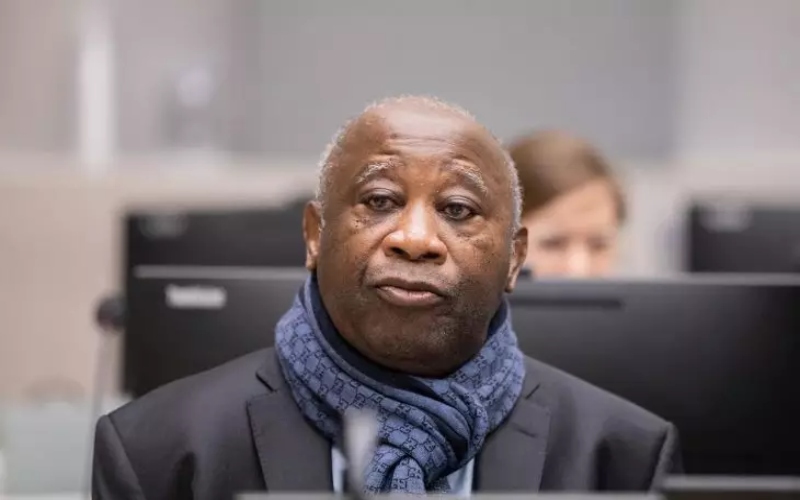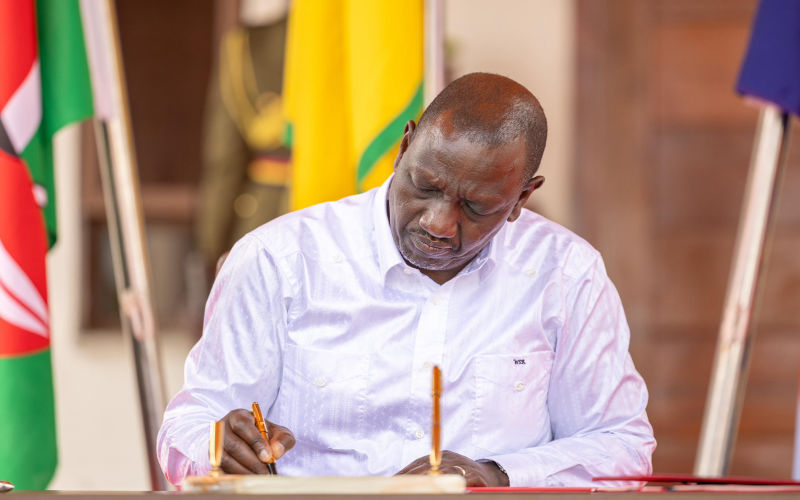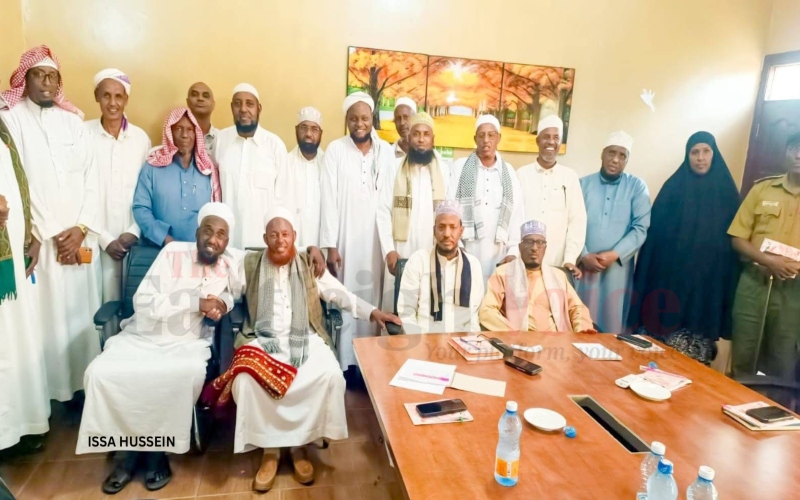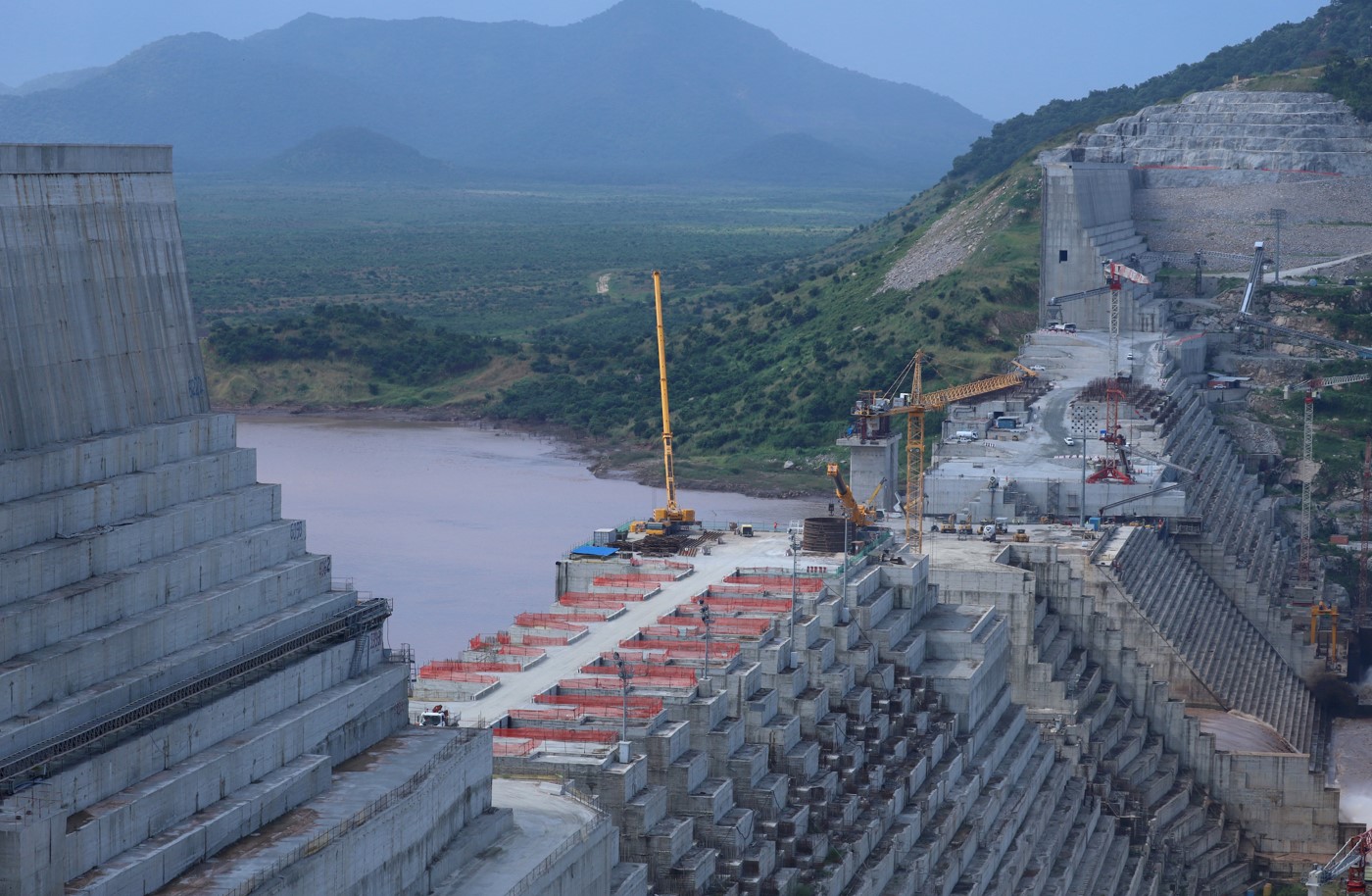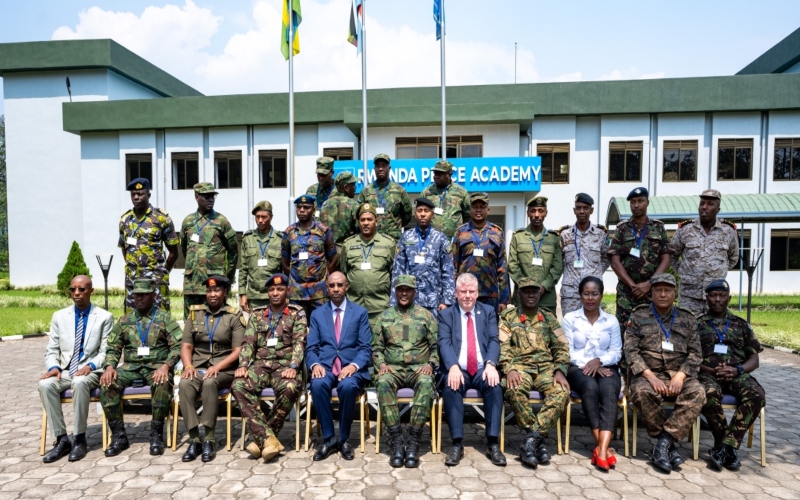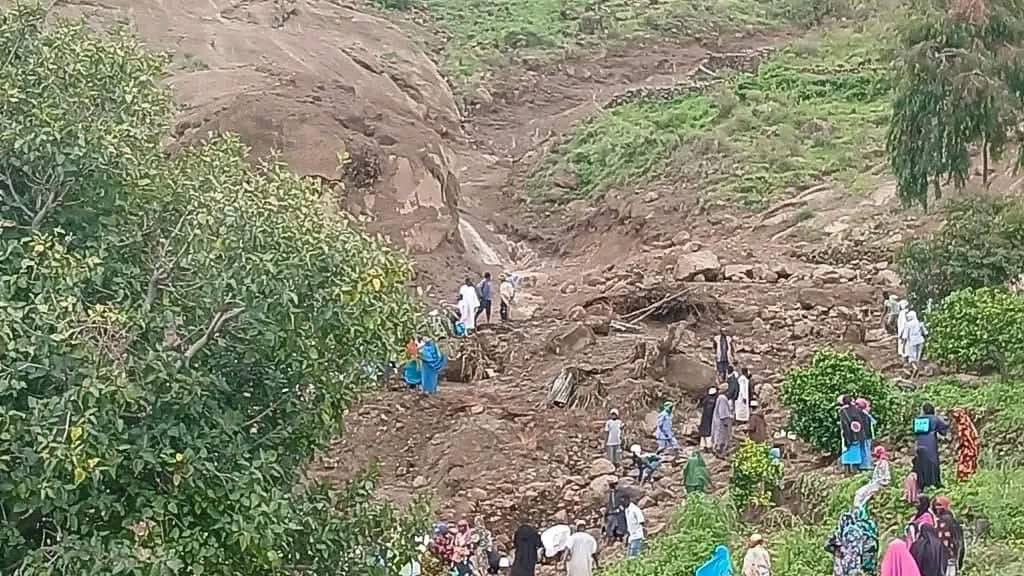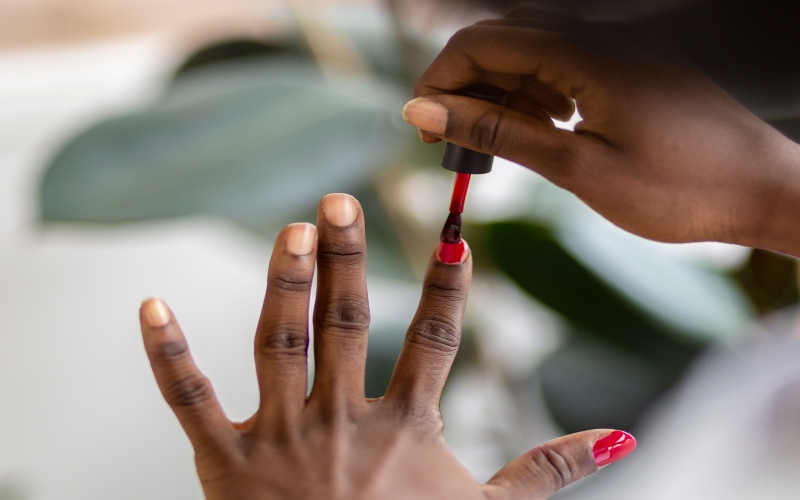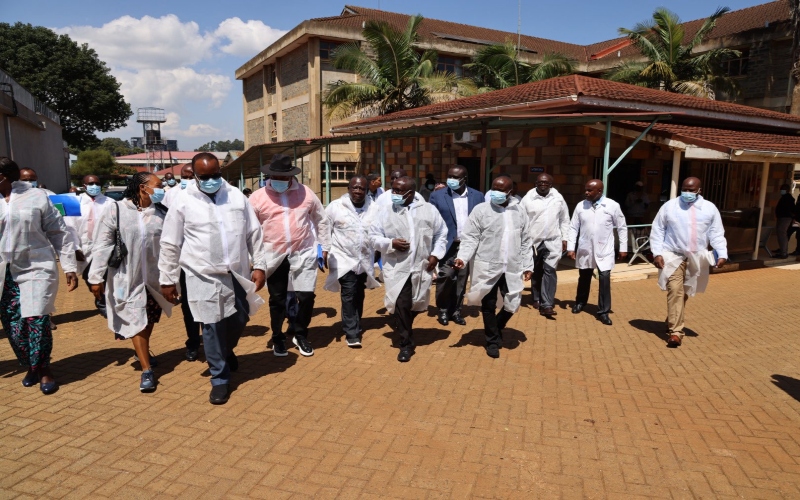Rwandan hospital unveils East Africa’s most advanced robotic surgical microscope

The advantages of the microscope are the system’s precision, which helps surgeons operate more safely and efficiently, especially in delicate brain and spine procedures.
King Faisal Hospital has introduced the most advanced robotic surgical microscope currently available in East Africa.
Bringing major improvements to how brain and spine surgeries are performed, ZEISS KINEVO 900S is the only fully equipped system of its kind in the region.
More To Read
- Rwanda calls Human Rights Watch's count of new graves at military cemetery "disrespectful"
- Rwandan President Paul Kagame urges open skies as Africa aviation summit kicks off
- President Paul Kagame urges open skies as Africa aviation summit kicks off
- Rwanda set to launch Africa’s first self-flying taxi
- Rwanda, DRC commit to fast-track full implementation of June peace agreement
- DR Congo: Rising insecurity in the east impedes diplomatic progress, Security Council hears
According to Dr David Hakizimana, a neurosurgeon at King Faisal Hospital, the advantages of the microscope are the system’s precision, which helps surgeons operate more safely and efficiently, especially in delicate brain and spine procedures.
“The microscope can follow surgical instruments automatically and keep the image centred, which means I don’t have to constantly adjust it during the operation. That saves time and helps reduce the risk of errors,” he said.
He explained that the device uses robotic precision to follow the surgeon’s tools in real time, making surgeries safer and more accurate while reducing the risk of complications. Dr Hakizimana emphasised the importance of the advanced fluorescence imaging built into the system that allows surgeons to see the difference between tumours, blood vessels, and healthy tissue.
“In some cases, tumours and normal tissue can look almost the same, but with this technology, we can see those differences clearly. It helps us remove tumours more completely while protecting vital brain functions,” he added.
The robotic microscope also has the QEVO endoscope, a tiny flexible camera integrated into the microscope that allows it to look into tight spaces and behind structures where a traditional microscope can't reach.
Beyond patient care, Dr Hakizimana pointed to the system’s teaching and training capabilities. The microscope can display a 3D view of the operation on a large screen and also stream it live to other hospitals or classrooms.
“Now we can train junior doctors and medical students more effectively. They can watch real surgeries in 3D, either in the operating room or from another location entirely,” he said.
He also noted the potential for the technology to support remote guidance and mentorship for teams in other hospitals, highlighting that the microscope is more than a new piece of equipment. It is a long-term investment in Rwanda’s capacity for advanced surgical care and training, he said.
“We can now support colleagues in district hospitals through live-streamed surgeries or even tele-surgical consultations. This is not just a tool for King Faisal, it can help strengthen surgical care across the country and in the region,” he stated.
Top Stories Today
